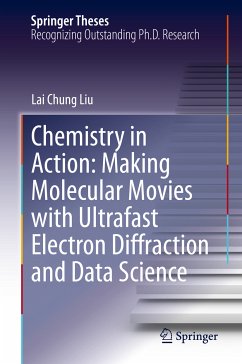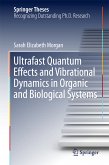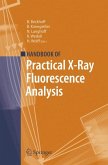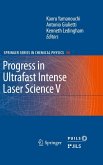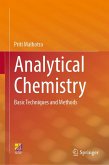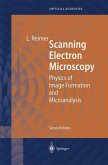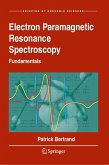The thesis provides the necessary experimental and analytical tools to unambiguously observe the atomically resolved chemical reactions. A great challenge of modern science has been to directly observe atomic motions during structural transitions, and while this was first achieved through a major advance in electron source brightness, the information content was still limited and new methods for image reconstruction using femtosecond electron diffraction methods were needed. One particular challenge lay in reconciling the innumerable possible nuclear configurations with the observation of chemical reaction mechanisms that reproducibly give the same kind of chemistry for large classes of molecules. The author shows that there is a simple solution that occurs during barrier crossing in which the highly anharmonic potential at that point in nuclear rearrangements couples high- and low-frequency vibrational modes to give highly localized nuclear motions, reducing hundreds of potentialdegrees of freedom to just a few key modes. Specific examples are given in this thesis, including two photoinduced phase transitions in an organic system, a ring closure reaction, and two direct observations of nuclear reorganization driven by spin transitions. The emerging field of structural dynamics promises to change the way we think about the physics of chemistry and this thesis provides tools to make it happen.
Dieser Download kann aus rechtlichen Gründen nur mit Rechnungsadresse in A, B, BG, CY, CZ, D, DK, EW, E, FIN, F, GR, HR, H, IRL, I, LT, L, LR, M, NL, PL, P, R, S, SLO, SK ausgeliefert werden.

